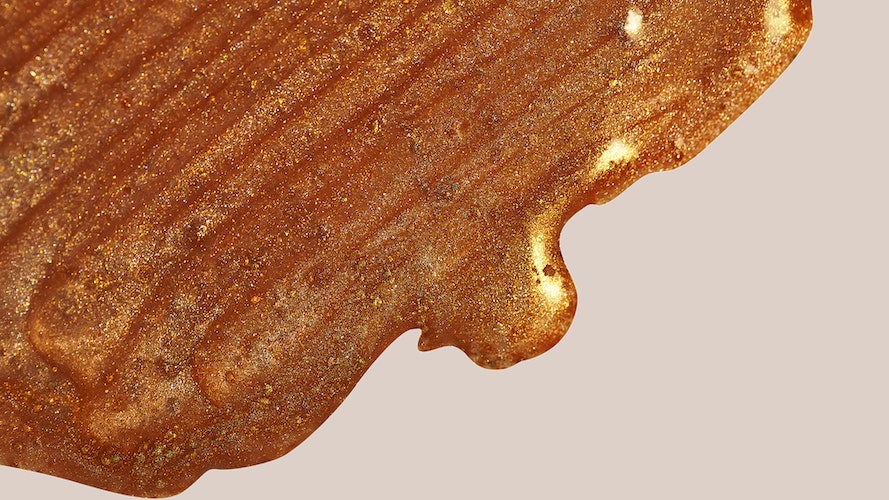8 Dermatologist-Recommended Tips To Stop Ingrown Hairs, Once And For All
[email protected] | July 26, 23

Whether you have a standing monthly wax appointment or prefer shaving at home, ingrown hairs still happen to the best of us. They’re a frustrating issue all year, but they’re especially irksome in summer: Who wants to see unsightly red bumps when slipping on a swimsuit, tank top, or a pair of shorts?
By now, you likely already know what causes ingrown hairs — but, if not, let’s catch you up. Ingrowns occur when the tip of the hair gets caught under the skin. “It can present itself as a small bump on the skin, with a varying amount of redness, and sometimes with a small white area of inflammation on the top,” explains Robyn Siperstein, MD, a board-certified dermatologist and founder of Siperstein Dermatology Group℠ in Florida. “On occasion, you can see a small portion of the hair protruding or creating a circle underneath the skin and, in rare cases, bacteria can collect around the hair, causing an infection called an abscess.”
According to Dr. Siperstein, ingrown hairs typically occur on their own, especially in friction-prone areas like the upper legs or underarms. In these spots, the hair is frequently blocked from exiting the skin. “This forces the hair to grow in another direction besides up and out,” she says. Another culprit: Hair removal that cuts coarse or curly hair too close to the skin. The sharp angle of the curl can pierce the skin, triggering it to grow back underneath.
Fortunately, there are a handful of things you can do next time an ingrown rears its ugly head on your bikini line, legs, or underarm area. Here are seven things to try— and one you absolutely shouldn’t! —to keep skin silky smooth.
Exfoliate Strategically
As we’ve reported before, it’s never a good idea to over-exfoliate skin, but if you’re dealing with ingrowns, it’s an effective technique for freeing trapped hairs. “If the area is not irritated, infected, or swollen, use a loofah or regular razor in the shower to gently remove the top layer of dead skin in order to free the hair that is trapped,” says Dr. Siperstein. A washcloth or soft-bristled toothbrush are reliable methods for mechanical exfoliation as well.
That said, if the ingrown hair appears to be a little deeper in the skin, you should choose a chemical option instead, which will work more gradually to free the hair. “Products containing chemical exfoliators such as salicylic acid, glycolic acid, or retinoids can help to slough dead cells from the surface of the skin over time, releasing trapped hairs,” says Allison Arthur. MD, a board-certified dermatologist at Sand Lake Dermatology℠ in Orlando, Florida. “I’ve also received several good reports from patients who have used a product called Tend Skin®, which contains salicylic acid.” However, if the area is infected, skip any harsh acids and instead book an appointment with your dermatologist to discuss potential treatments.
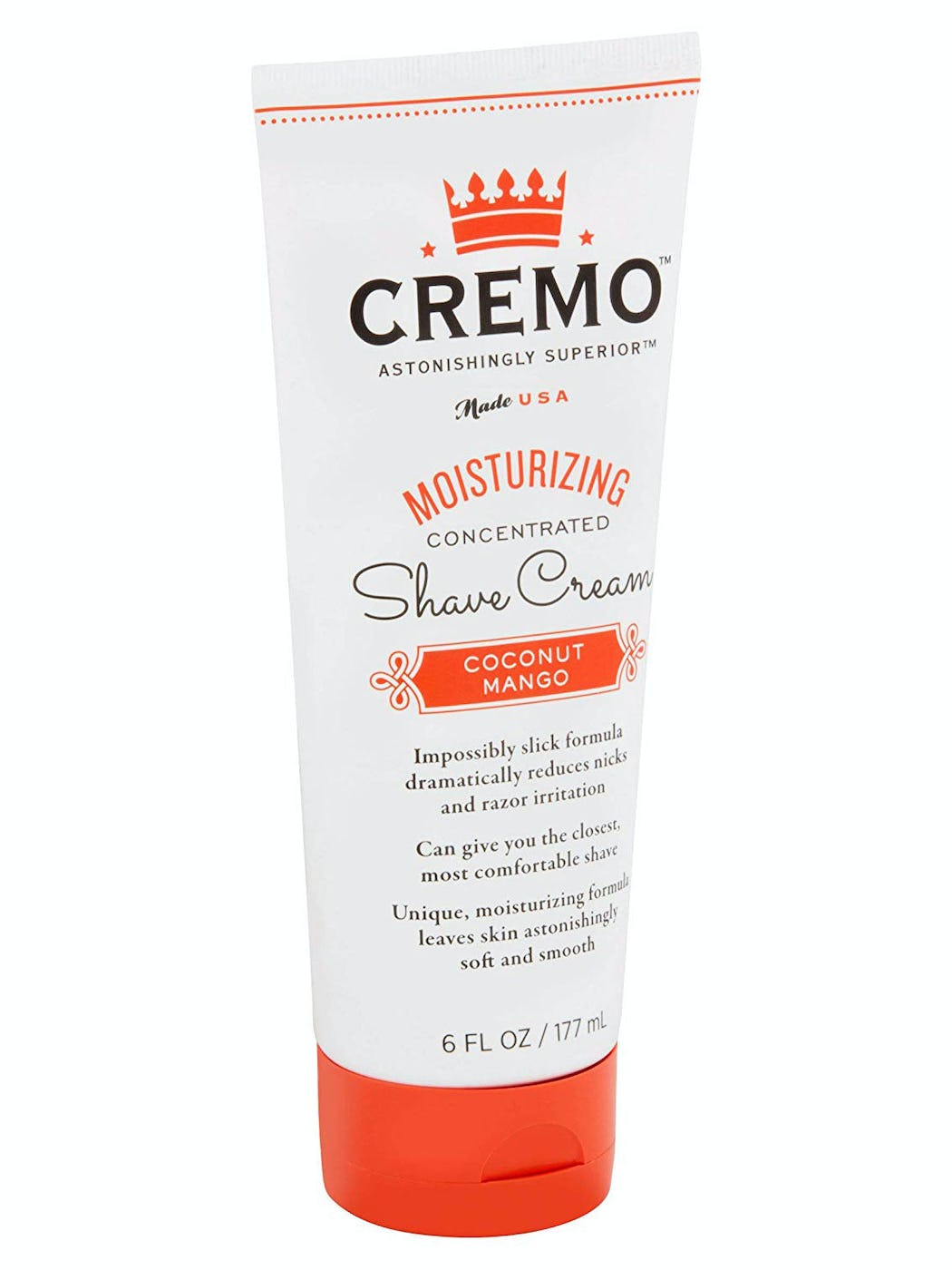
Revamp Your Shaving Routine
If you regularly shave, there are preventive measures you can take to lessen the chance of ingrowns. First, prep skin with an antiseptic wash like Hibiclens® ($18), which will keep the area germ-free for up to 24 hours. “Astringents can be used to reduce surface bacteria,” explains Janet Allenby, MD, board-certified dermatologist and founder of Allenby Cosmetic Dermatology℠ in Delray Beach, Florida. Then, apply shaving cream to lubricate and soften the hair. We’re fond of Cremo® Coconut Mango Moisturizing Shave Cream ($7), which is a super slick, concentrated formula that helps your razor glide more easily over skin.
In terms of your actual technique, Dr. Arthur advises shaving in the direction that your hair naturally grows without aggressively stretching the skin. “Shaving ‘against the grain’ and pulling the skin tight produces a closer shave,” she explains. While this sounds good for smoother skin, it’s not so great for ingrowns: “The shorter you cut the hair, the higher the risk that they will contract back into the skin and become ingrown.”
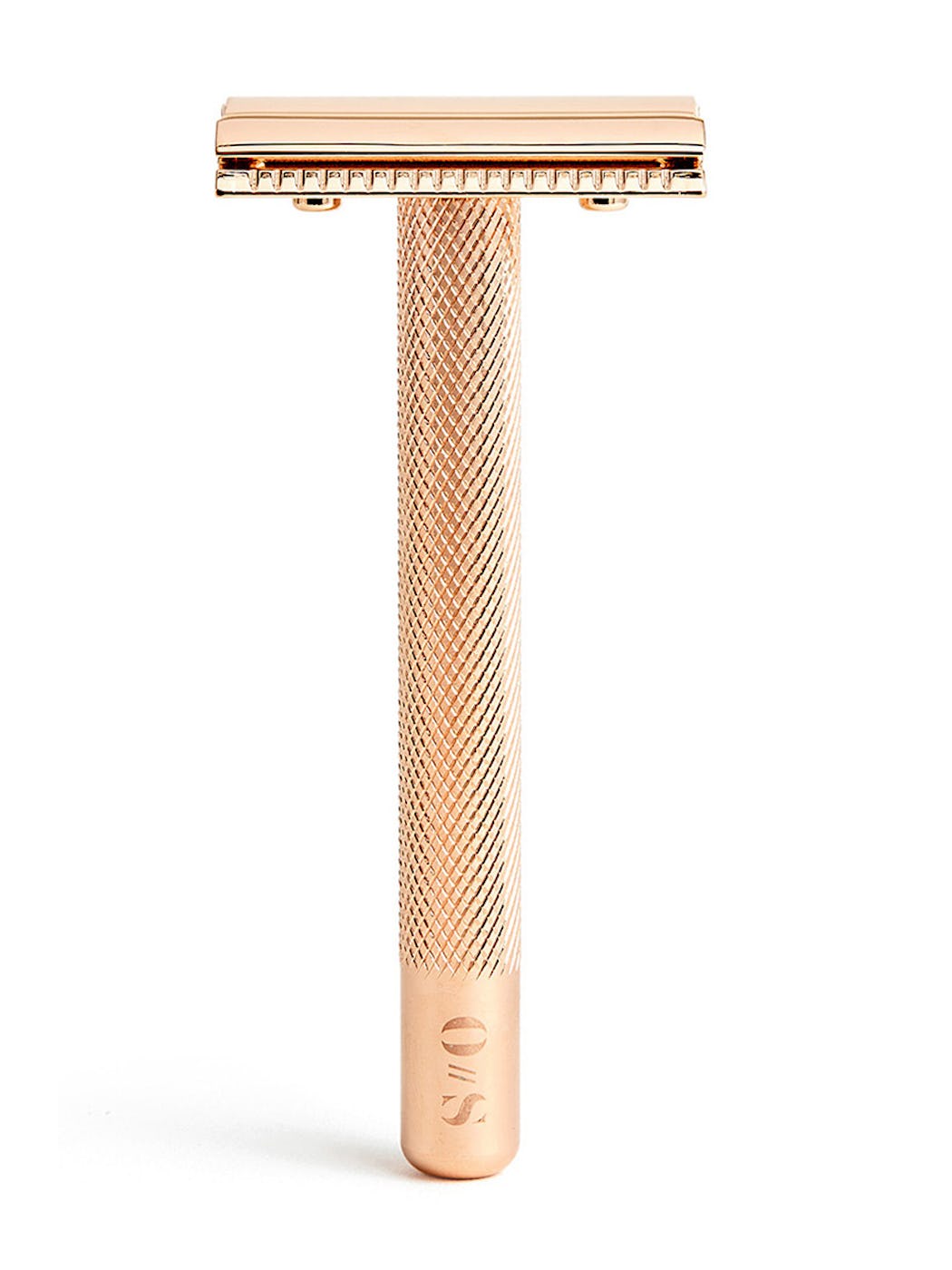
Lastly, it also may be time to rethink your razor. Susan Weinkle, MD, a board-certified dermatologist in Bradenton, Florida, suggests getting a single-bladed one, as multiple blades are more likely to cause irritation than a single-bladed razor. (We personally like OuiTM The Rose Gold Single-Blade Razor, $75, since it’ll look extra chic in your shower.) “Rinse the blade after each pass, because you don’t want to auto-inoculate yourself,” she adds, as shaving over a bacteria-ridden ingrown can spread irritation across the rest of your skin. To even further prevent ingrowns, you can opt for a less-close shave. For this purpose, Dr. Arthur recommends an electric razor. “It’ll leave longer stubs that are less likely to grow back into the skin,” she explains.
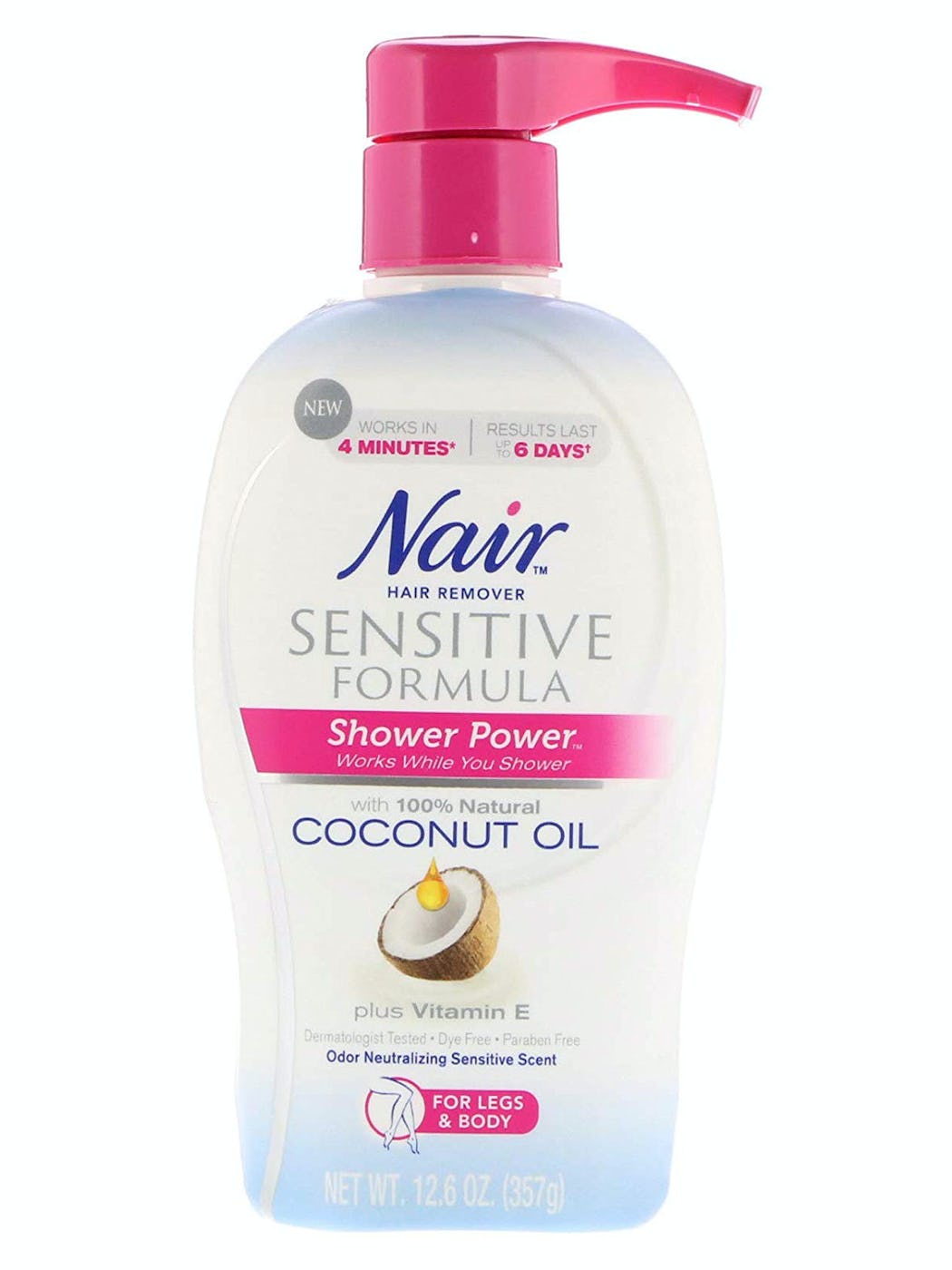
Use A Depilatory Cream
It seems obvious, but one of the simplest methods to avoid ingrowns is to remove the offending hair follicle completely. Dr. Weinkle suggests using depilatory cream, like Nair® Shower Power® Sensitive Hair Removal for Legs ($9), to fully break down and dissolve the hair. “You can even use it preventatively, so the hairs don’t have the opportunity to get that long,” she adds.
Invest In Laser Hair Removal
You can also cut way down on your propensity for ingrown hairs by getting laser hair removal, a form of permanent hair reduction. “Laser hair removal is the best in-office treatment to prevent the occurrence of ingrown hairs, as it is obliterating the entire hair follicle and hair shaft,” explains Dr. Allenby. According to the American Society of Plastic Surgeons®, more than one million people received the procedure in 2018, and it’s proven to be an effective treatment to minimize ingrowns in men and women.
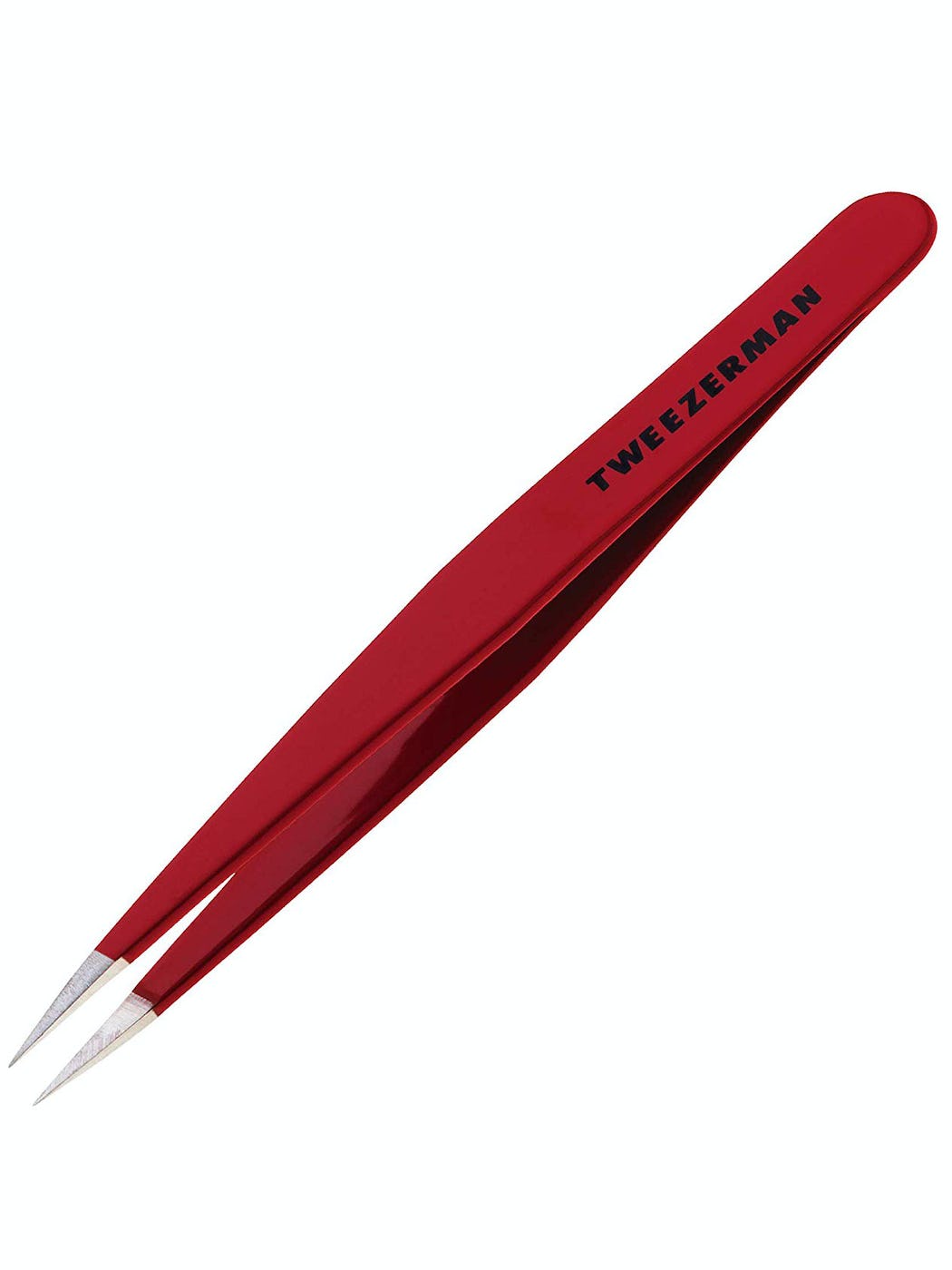
Perform A (Safe!) At-Home Extraction
While major extractions should always be performed in a dermatologist’s office, it is possible to do one at home — but only if the hair is very close to the skin’s surface. “You can burn the tip of a needle with a match to kill any bacteria on it, and then use the needle’s tip to try to open the area to let the hair out,” says Dr. Weinkle. Then delicately remove the hair with a pair of sanitized tweezers. Try the Tweezerman® Pink PerfectionTM Point Tweezer ($24), which features an ultra-precise, tapered tip that can easily grab even short, stubbly hairs.
Try A Warm Compress
For particularly pus-filled ingrowns, use a tactic that you’d use to carefully deflate a swollen pimple at home: a warm compress. “Sometimes, the ingrown hair collects a lot of inflammation and pus since the body treats it as a foreign body, similar to a splinter,” explains Dr. Siperstein. “If this happens, a warm compress is recommended to allow the pus to surface and drain on its own.” To make one, simply soak a clean washcloth in hot water, letting it cool very slightly so you don’t overheat or scald your skin. Then, after wringing it out, apply it to the ingrown for up to 15 minutes. Soon afterwards, the ingrown should drain on its own, causing the hair to eventually dislodge.
Know When To Dial Your Derm
It’s important to note that whatever you do, don’t try and wait out an infection. “Topical [creams] and/or [prescription] antibiotics may be necessary if an infection is present,” Dr. Allenby notes. A lack of action can compound skin issues: “If people are having a persistent problem and don’t treat it somewhat aggressively, that inflammation in the skin can cause what we call post-inflammatory hyperpigmentation,” explains Dr. Weinkle. “You can get little brown spots that can last for months every place you had ingrown hairs.”
Don’t Pick
Unless you opt for the warm compress or careful exfoliation, you should otherwise think of ingrown hairs like acne: Whatever you do, don’t touch. “Picking at an ingrown hair with dirty hands and fingernails can cause infections, thereby exacerbating the issue,” warns Dr. Siperstein. Few things are worse than being responsible for turning a small, barely-visible ingrown into a massive, inflamed bump. Bottom line: Keep your hands to yourself.
Dr. Susan Weinkle is a paid Allergan® consultant.
Product prices may vary from the time this article was written.
Allergan® may receive commissions for purchases made through links in this article.






